Materialized Views in ClickHouse
Materialized views in ClickHouse allow you to store data in a separate table with a different sort order, primary key, aggregation, or structure. They are automatically updated in near real-time based on changes to the source table.
##How They Work
- Data is pushed from the source table to the materialized view whenever new data is inserted or existing data is modified.
- The source table is defined by the
FROMclause in the materialized view’s query. Only inserts into this table will trigger updates to the materialized view. - Deletes and updates in the source table are not propagated to the materialized view.
- Other tables referenced in the query (e.g., via joins) will not trigger updates if they change.
Syntax
The simplest way to create a materialized view is:
1
2
3
4
5
6
7
CREATE MATERIALIZED VIEW name
ENGINE = name
ORDER BY field
POPULATE AS
SELECT ..
FROM ..
GROUP BY ...
Note: This approach is not recommended for production use, as it makes schema changes difficult.
Best practice: Define the target table separately and use theTOclause:
Common Engines for Materialized Views
ReplacingMergeTree
- Used to deduplicate versioned data.
- Retains only the latest version of a row based on a version column (if defined) or insertion order.
CollapsingMergeTree
- Supports asynchronous deletion of rows using a special
Signcolumn. - Pairs of rows with the same sorting key but opposite
Signvalues (1and-1) are collapsed (i.e., deleted). - Rows without a matching pair are retained. Example:
1
2
3
4
5
6
7
CREATE TABLE UAct
(ContactID UInt64,
BookID UInt64
Sign Int8
)
ENGINE = CollapsingMergeTree(Sign)
ORDER BY USerAccountID, ContactID
If a row is inserted with Sign = 1 and later another with the same key and Sign = -1, the pair will be removed asynchronously.
VersionCollapsingMergeTree
- Similar to
CollapsingMergeTree, but allows you to define a custom versioning column. - Useful when versioning is based on a user-defined field rather than ingestion time.
Let me know if you’d like this formatted for a specific platform (e.g., Markdown, Confluence, Azure DevOps Wiki) or combined with other documentation!
